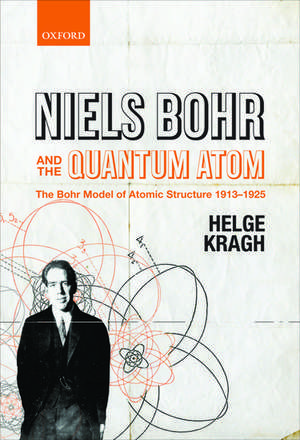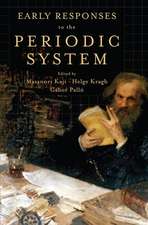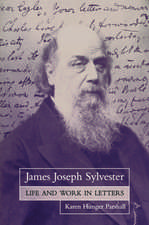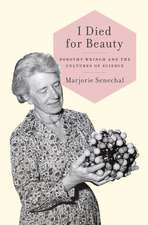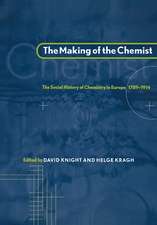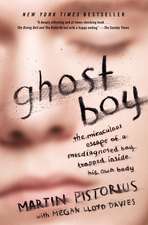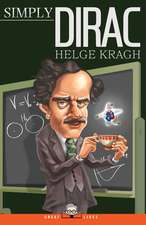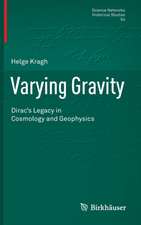Niels Bohr and the Quantum Atom: The Bohr Model of Atomic Structure 1913-1925
Autor Helge Kraghen Limba Engleză Hardback – 2 mai 2012
Preț: 438.05 lei
Preț vechi: 556.92 lei
-21% Nou
Puncte Express: 657
Preț estimativ în valută:
83.83€ • 91.03$ • 70.42£
83.83€ • 91.03$ • 70.42£
Carte tipărită la comandă
Livrare economică 11-17 aprilie
Preluare comenzi: 021 569.72.76
Specificații
ISBN-13: 9780199654987
ISBN-10: 0199654980
Pagini: 416
Ilustrații: 45 b/w line illustrations, 2 b/w halftones
Dimensiuni: 177 x 248 x 29 mm
Greutate: 0.86 kg
Editura: Oxford University Press
Colecția OUP Oxford
Locul publicării:Oxford, United Kingdom
ISBN-10: 0199654980
Pagini: 416
Ilustrații: 45 b/w line illustrations, 2 b/w halftones
Dimensiuni: 177 x 248 x 29 mm
Greutate: 0.86 kg
Editura: Oxford University Press
Colecția OUP Oxford
Locul publicării:Oxford, United Kingdom
Recenzii
Kraghs book is not a light read, but for those interested it is fascinatingly detailed and wonderfully researched ... This is definitely a book for the determined but it is an eminent rewarding for those who make the effort.
In this new book, Helge Kragh fills in the details of Bohr's early career and how it affected science, not to mention Bohr himself. As befits a science historian, Kragh commendably links Bohr's enduring contributions to the painstaking efforts of the many researchers who found the various tiny pieces of the atomic jigsaw and helped fit them together.
Kragh's writing is vivid and clear, and he makes effective use of quotations from correspondences and recollections to convey a feeling of the multiform responses of contemporaries to the events described.
Drawing on an enormous amount of mathematically challenging primary and secondary source material, Helge Kragh provides a panoramic overview of the genesis, development, and demise of the so-called old quantum theory that, for over a decade, guided physicists in their attempts to unravel the mysteries of atomic spectra and atomic structure.
In this new book, Helge Kragh fills in the details of Bohr's early career and how it affected science, not to mention Bohr himself. As befits a science historian, Kragh commendably links Bohr's enduring contributions to the painstaking efforts of the many researchers who found the various tiny pieces of the atomic jigsaw and helped fit them together.
Kragh's writing is vivid and clear, and he makes effective use of quotations from correspondences and recollections to convey a feeling of the multiform responses of contemporaries to the events described.
Drawing on an enormous amount of mathematically challenging primary and secondary source material, Helge Kragh provides a panoramic overview of the genesis, development, and demise of the so-called old quantum theory that, for over a decade, guided physicists in their attempts to unravel the mysteries of atomic spectra and atomic structure.
Notă biografică
After graduation from the University of Copenhagen in physics and chemistry, and a period as a high school teacher, Helge Kragh became Associate Professor at Cornell University, Departments of History and Physics. Later, he took positions as Curator at the Steno Museum for Science and Medicine and Professor of the History of Science at the University of Oslo. Since 1997, he has been Professor of the History of Science and Technology at Aarhus University, Denmark. He is a member of the Royal Danish Academy of Sciences and Letters, the International Academy for History of Science, and the European Academy of Science. From 2008-2010, he was President of the European Society for History of Science.
